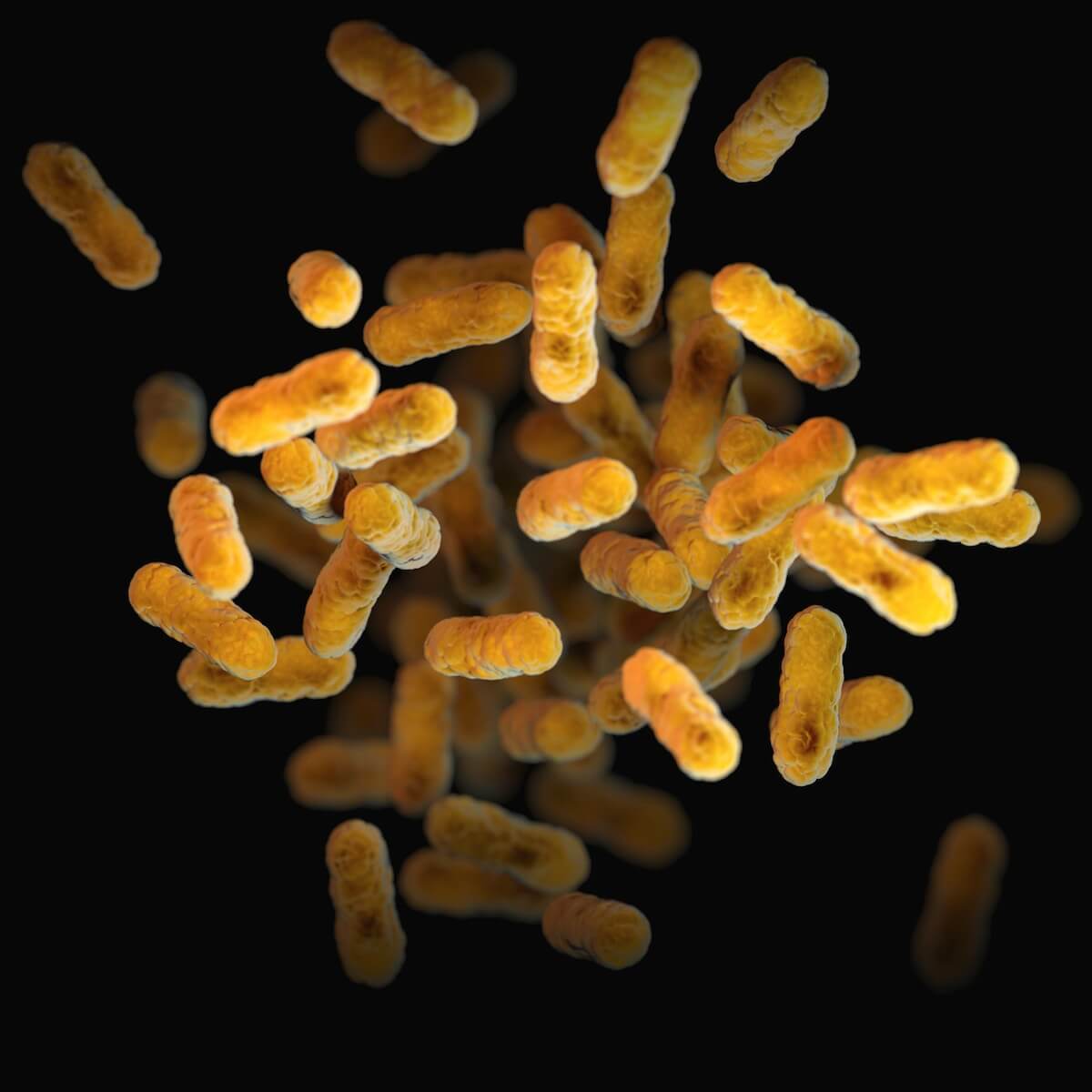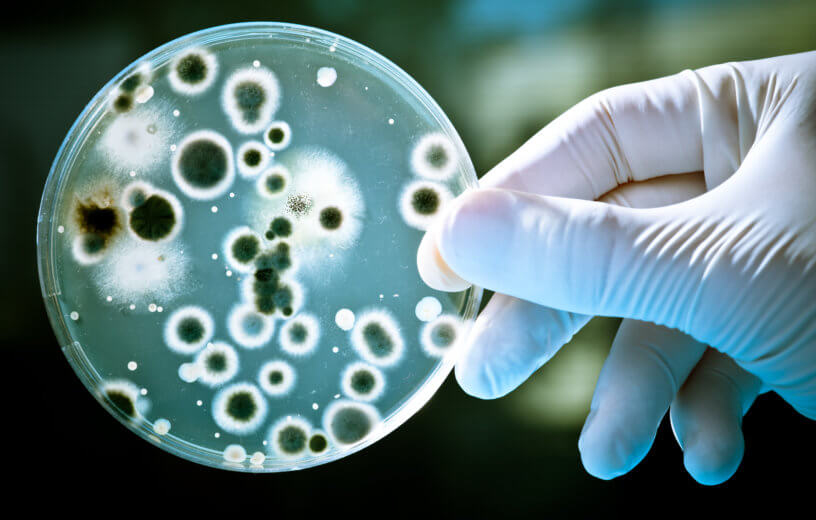CHAPEL HILL, N.C. — For those that get snappy when you have to miss breakfast, you’re not alone. It turns out that the bacteria in your body can get “hangry” too, causing them to release toxins that make us sick, according to researchers from the University of North Carolina.
Adam Rosenthal, PhD, assistant professor in the Department of Microbiology and Immunology, and his team from Harvard, Princeton, and Danisco Animal Nutrition have successfully shown that genetically identical cells within a bacterial community have different functions. Some behave normally, while others might be troublemakers that can make people sick.
“Bacteria behave much more different than we traditionally thought,” explains Rosenthal in a university release. “Even when we study a community of bacteria that are all genetically identical, they don’t all act the same way. We wanted to find out why.”
To do this, the team used a device made of newly-developed technology called a microfluidic droplet generator. They used Clostridium perfringens for the work, a rod-shaped bacterium mainly found in the intestinal tract of humans and other vertebrates, insects, and soil. The team effectively separated single bacterial cells into droplets in order to decode each individual cell. They found that well-fed C. perfringens cells didn’t produce toxins — it was the ones that lacked nutrition that did.
“If we give more of these nutrients,” Rosenthal hypothesizes, “maybe we can get the toxin-producing cells to behave a little bit better.”

What does this mean for antibiotics and the food industry?
The team then exposed the harmful cells to a substance called acetate, to test this theory. Toxin levels fell across the bacterial community entirely, and so did the number of individually harmful cells as well.
While these findings have answered a lot of questions, there are still quite a few to left to go. Rosenthal is curious to know if there are specific environmental factors that could be activating the production of toxins in other types of infections, or if this is only seen in C. perfringens.
For now, these findings are enough to open doors and provide an alternative treatment for animals and humans. C. perfringens is a really common pathogen in factory farms, specifically in chicken farms. The food industry continues to move away from antibiotic use, which puts the animals at greater susceptibility to illness. The results could provide a means for farmers to keep their animals healthy without using antibiotics.
As for humans, Rosenthal is currently partnering with colleagues across UNC to look into antibiotic tolerance, an increasingly prevalent public health issue preventing treatments from working.
The findings are published in the journal Nature Microbiology.

